The Ultimate Guide to 50 Best Sensory Toys for Autistic Kids: Expert Insights & Practical Picks
As a pediatric occupational therapist with over a decade of experience supporting children with autism, Sensory Toys for Autistic Kids have been central to my practice. I’ve witnessed firsthand how these tools transform daily challenges into opportunities for growth. Sensory toys aren’t just playthings—they’re therapeutic aids that help autistic children regulate emotions, build motor skills, and engage with the world in ways that feel safe and joyful.
In this guide focused on Sensory Toys for Autistic Kids, I’ve curated 50 options that cater to diverse needs, from tactile exploration to social skill development. Drawing from clinical expertise, parent testimonials, and hands-on testing, each recommendation prioritizes safety, engagement, and therapeutic value. Let’s dive in!
Tactile & Textural Toys
Ideal for children who seek touch input or need tactile desensitization
1.BunMo Pop Tubes
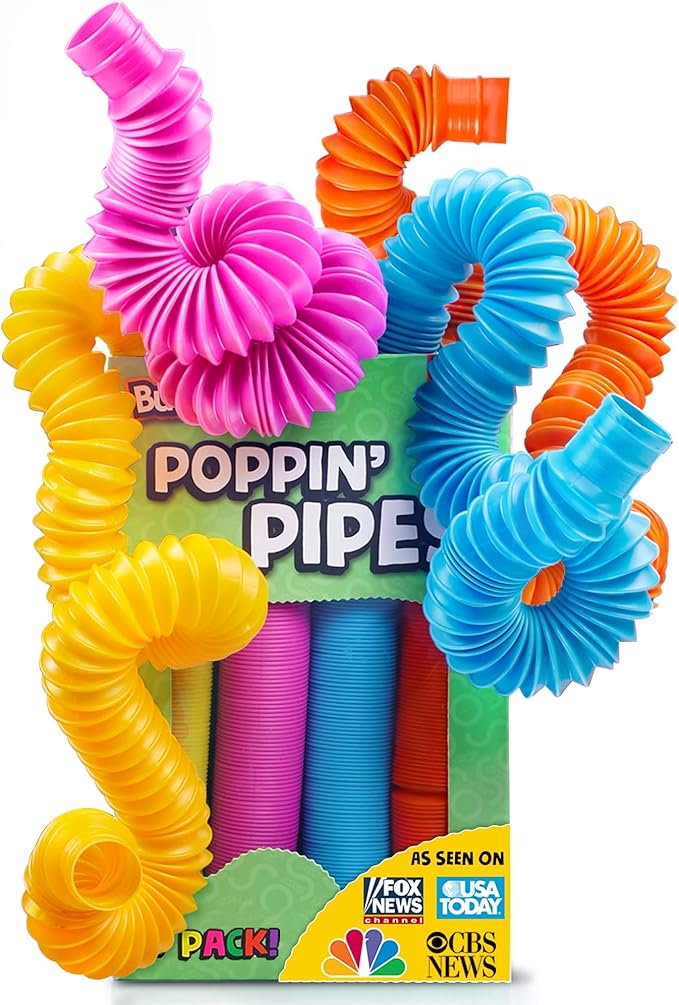
These colorful, crinkly tubes stretch, bend, and snap. Perfect for fidgeting or collaborative play. Parents report kids love the satisfying “pop” sound.
Age: 3+
2.Silicone Sensory Circles

Soft, textured discs with nubs and ridges. Use them for stepping games or back massages. A parent shared, “My son carries one in his pocket for anxiety.”
Age: 2+
3.Kinetic Sand & Slimysand

Moldable, mess-free sand that’s therapeutic for finger strength. Bonus: It doesn’t dry out!
Age: 4+
4.Therapy Putty

Resistance-based putty strengthens hand muscles. Choose varying firmness levels to match your child’s grip.
Age: 5+
5.Melissa & Doug Poke-a-Dot Books
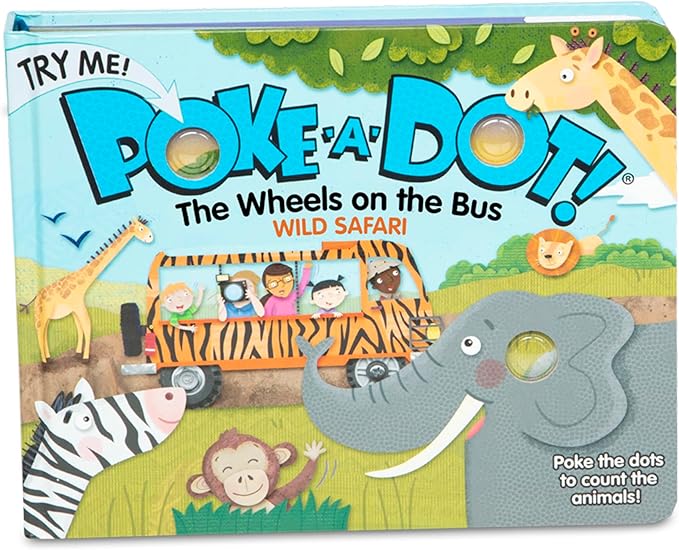
Interactive books with “poppable” buttons. Combines storytelling with tactile feedback.
Age: 2–6
6.Fidget Cube Keychains

Six sides of buttons, switches, and rollers. Discreet for school or travel.
Age: 5+
7.Fat Brain Toys Dimpl
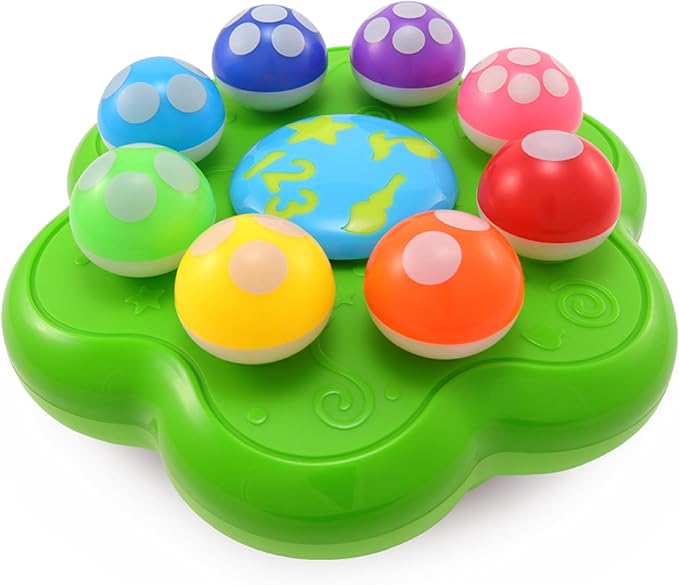
Silicone bubbles that pop endlessly. The rainbow colors and squishy texture are mesmerizing.
Age: 1+
8.Light-Up Projector Spinners
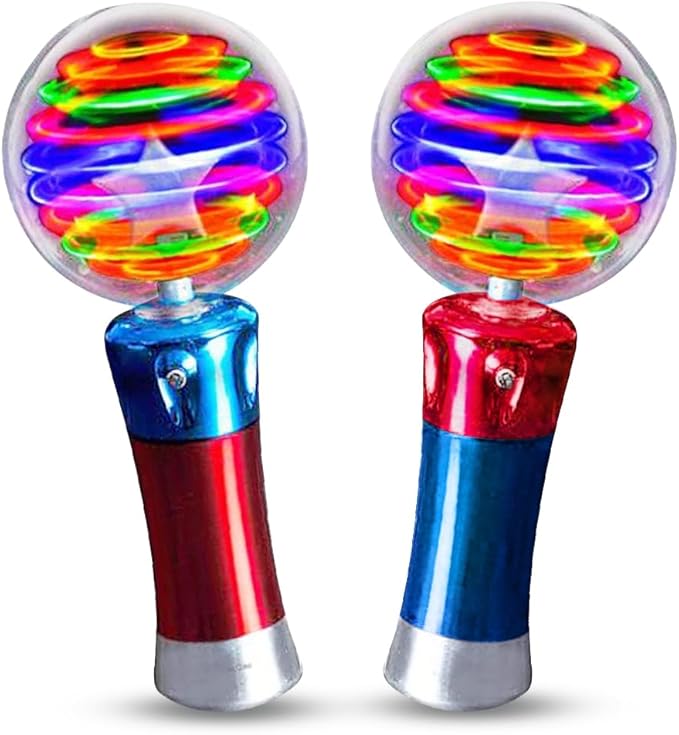
Casts swirling stars or ocean waves on ceilings. A bedtime favorite for calming overstimulated kids.
Age: 3+
9.Edu shape Rainmaker

A 16-inch rainmaker with cascading beads. The gentle “rain” sound and visual flow soothe sensory overload.
Age: 1+
10.Touch-Activated Lite Brite
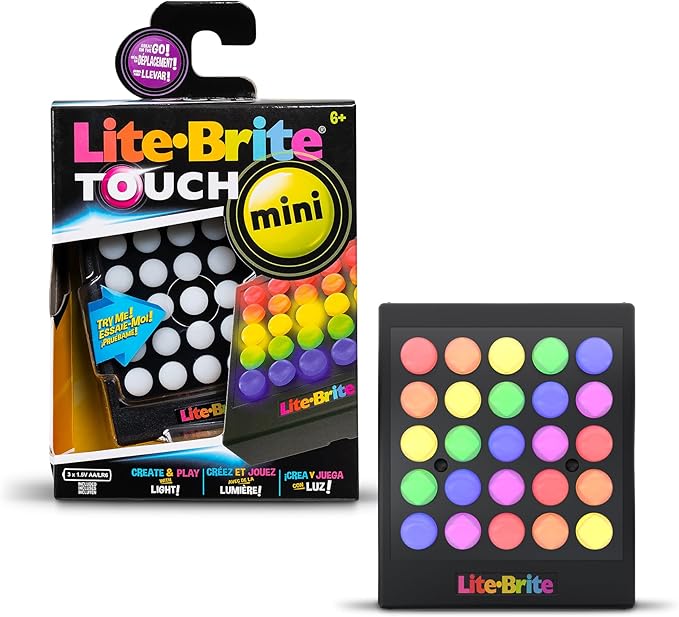
Modern twist on the classic. Kids create glowing art without tiny pegs. Great for color recognition.
Age: 4+
11.Liquid-Filled Tile

Step on them to watch colors swirl! Durable for floor play or tabletop exploration.
Age: 3+
12.Classic Rainmaker
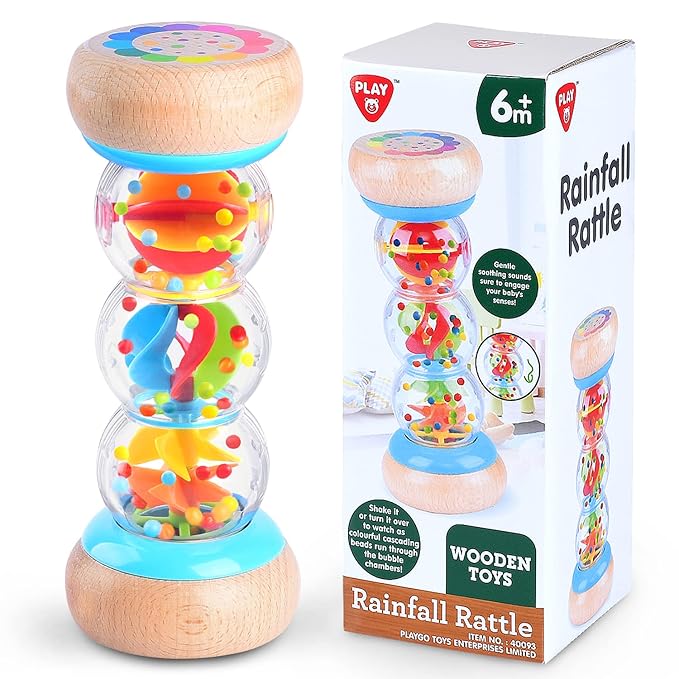
The rhythmic sound mimics a rainstorm. Use it during transitions (e.g., leaving the park) to ease anxiety.
Age: 2+
13.Hape Rotating Music Box
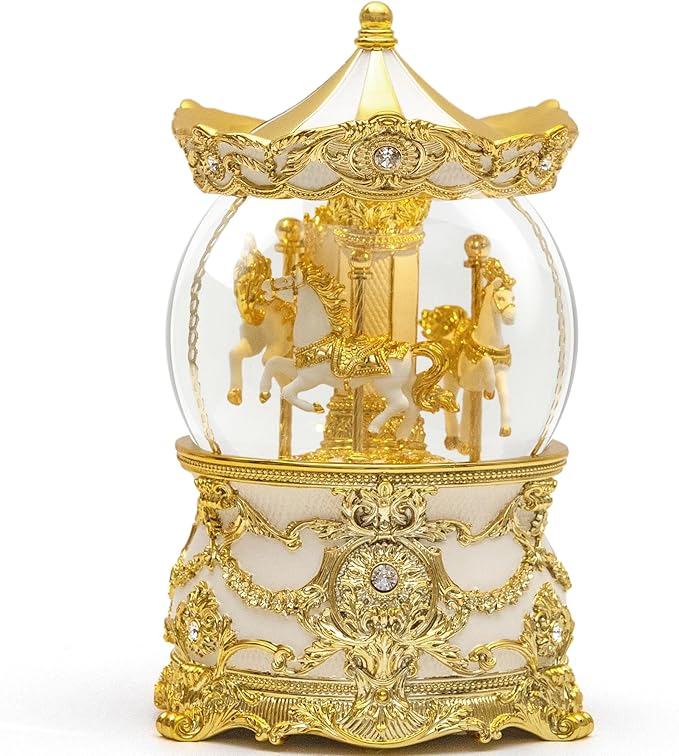
Wind it up for gentle lullabies. A non-electronic option for sound-sensitive kids.
Age: 1+
14.VTech KidiBeats Drum Set
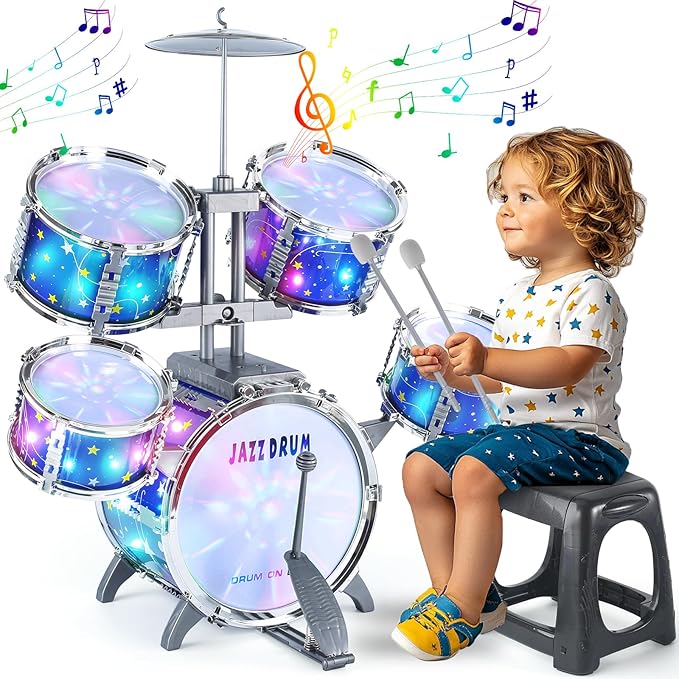
Adjustable volume and light-up drums. Teaches cause-effect while allowing creative expression.
Age: 2–5
15.Talking Feelings Mirror
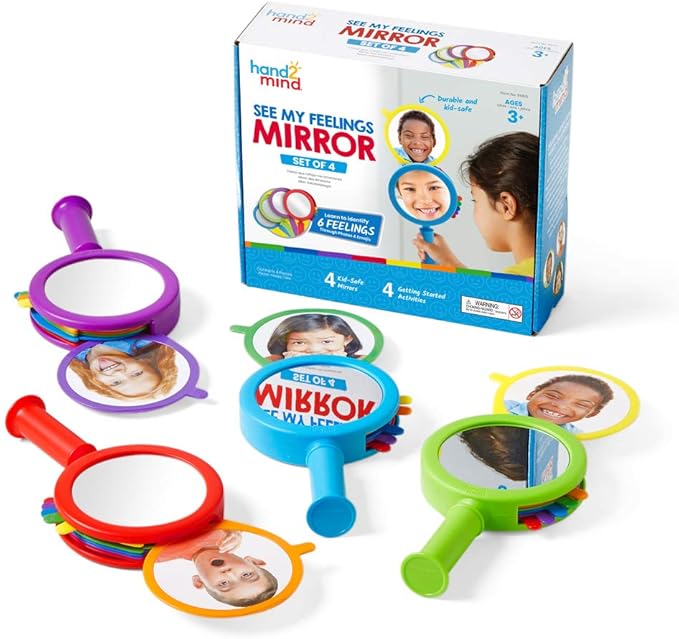
Mirrors that label emotions (“I see you’re smiling!”). Helps nonverbal kids connect feelings with expressions.
Age: 3+
16.White Noise Machines
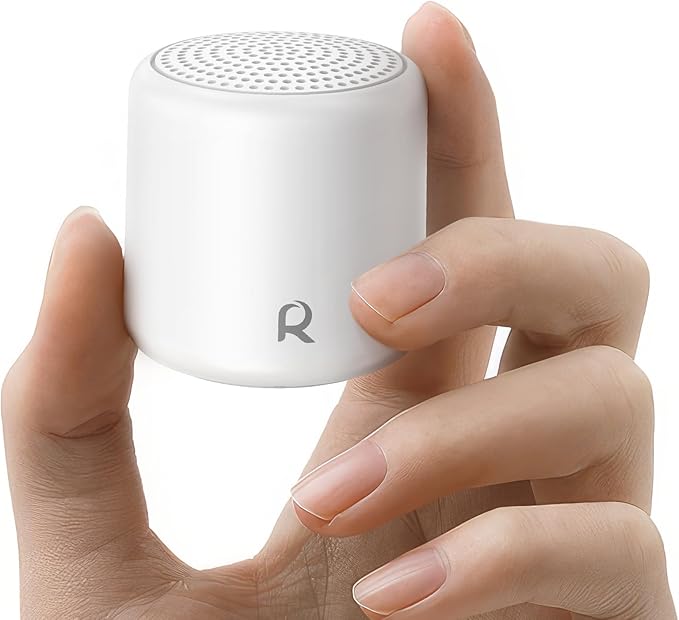
Masks overwhelming background noises. Portable options are lifesavers for crowded spaces.
Age: All
17.BMAG Counting Bears
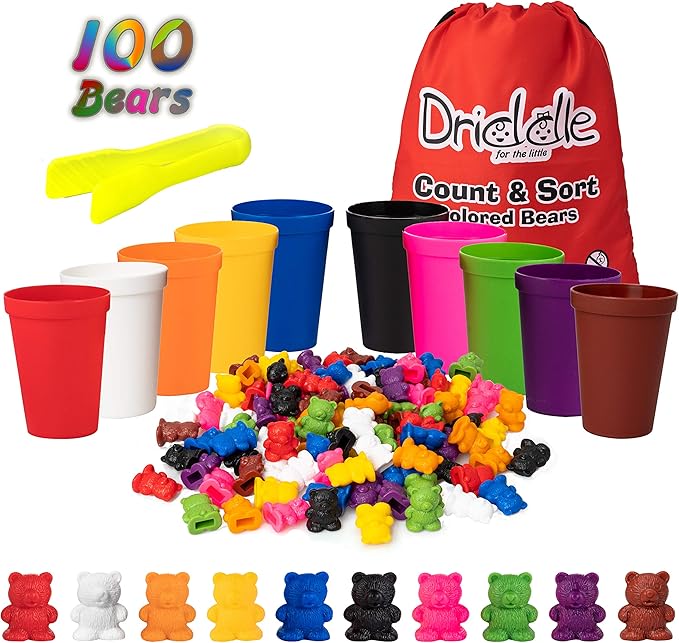
Sort bears by color into cups. Tweezers included for pincer grasp practice.
Age: 3+
18.Fat Brain Toys Squigz
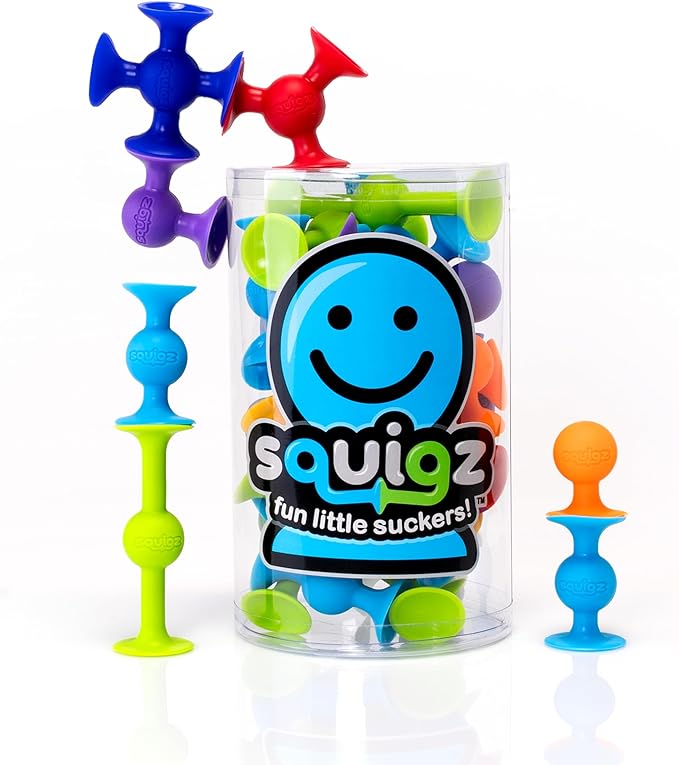
Suction-cup builders stick to windows, tubs, or each other. Encourages creativity and hand strength.
Age: 3+
19.Buckle & Lacing Toys

Practice zippers, buttons, and snaps on a soft board. Ideal for dressing skills.
Age: 4+
20.Magnetic Blocks (PicassoTiles)
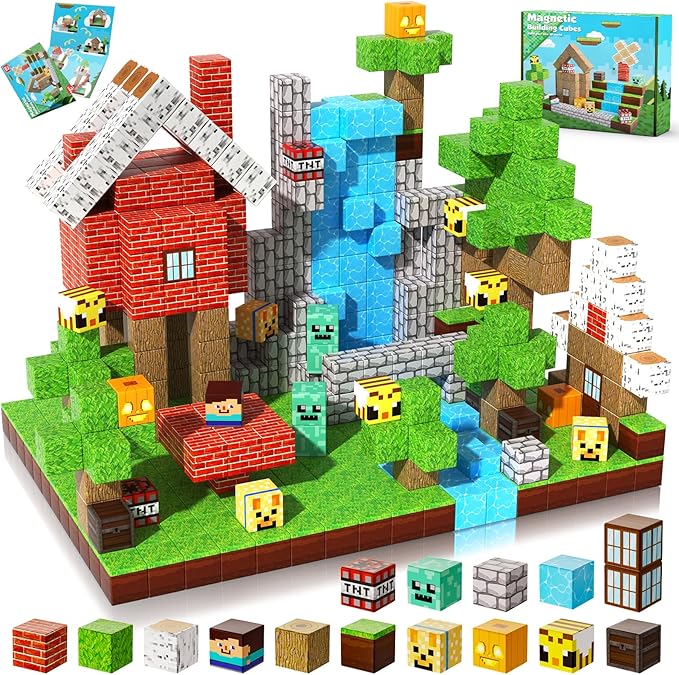
Easier than traditional blocks for small hands. Builds spatial reasoning without frustration.
Age: 3+
21.Foam Pogo Jumpers
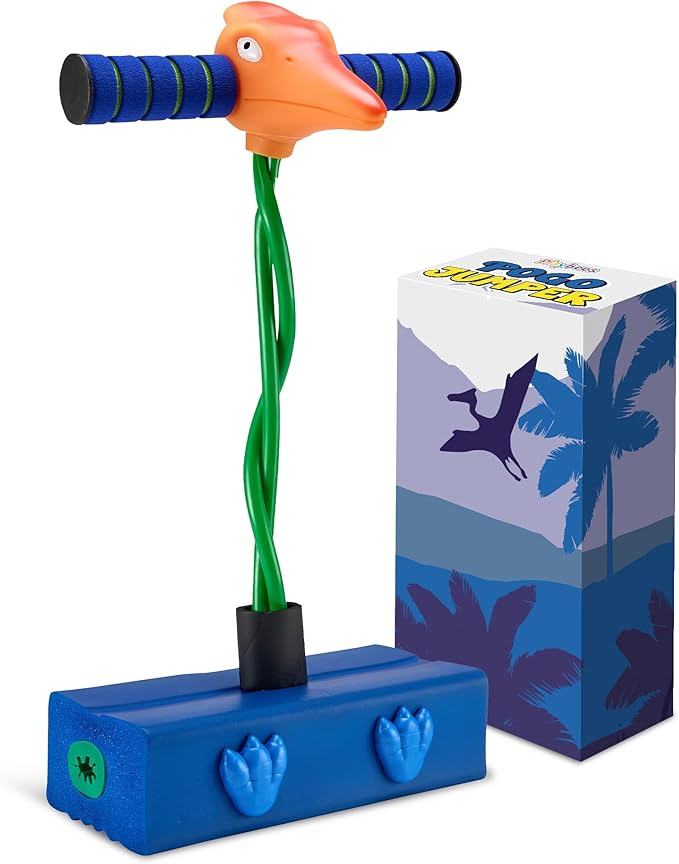
Quiet, indoor-friendly bouncing. Builds balance and burns energy on rainy days.
Age: 4+
22.Weighted Lap Pads
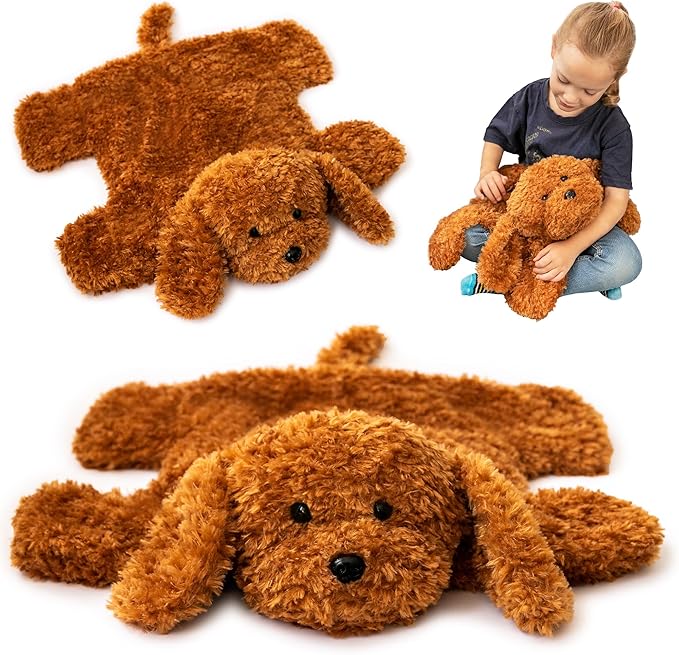
Light pressure comforts without feeling restrictive. Use during homework or car rides.
Age: 3+
23.Vibrating Pillow Pets
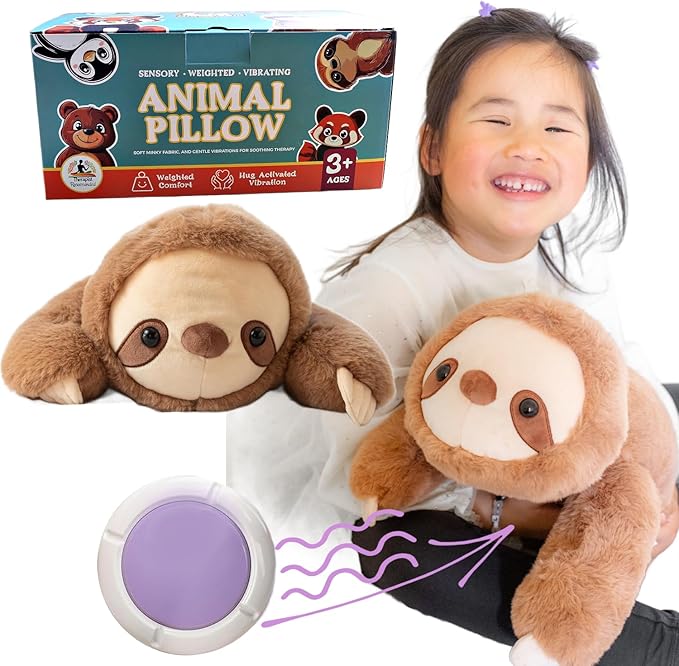
Gentle vibrations ease anxiety. One parent said, “My daughter sleeps with it every night.”
Age: 2+
24.Sensory Socks

Stretchy sacks for deep pressure. Great for proprioceptive input during play or relaxation.
Age: 4+
25.Aromatherapy Putty

Lavender or citrus-scented putty doubles as a calming fidget.
Age: 5+
26.Zen Garden Kit
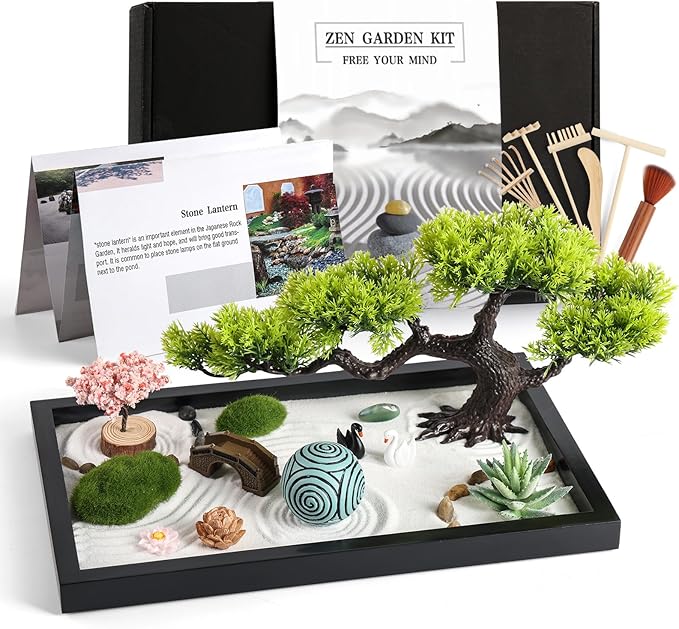
Rake sand into patterns for mindfulness. Compact enough for travel.
Age: 6+
27.Lucas the Lion Tiny Talker
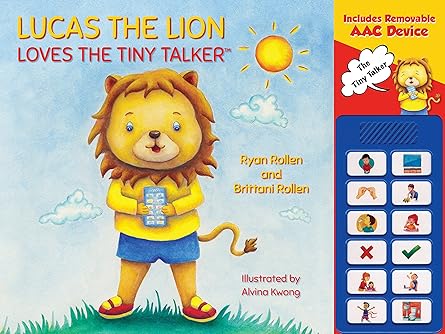
AAC-style buttons paired with a storybook. Helps nonverbal kids communicate needs.
Age: 5+
28.Didax Social Skills Board Games
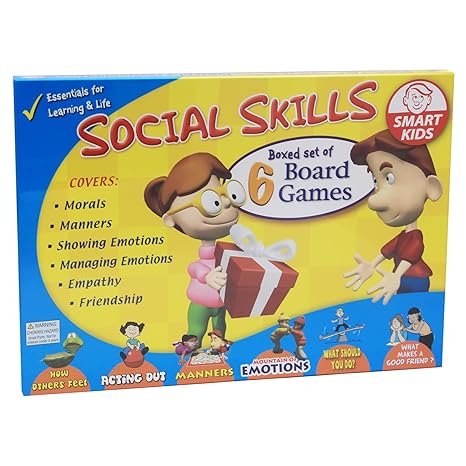
Teaches empathy and turn-taking through scenarios like “Understanding Feelings.”
Age: 7+
29.Melissa & Doug See & Spell
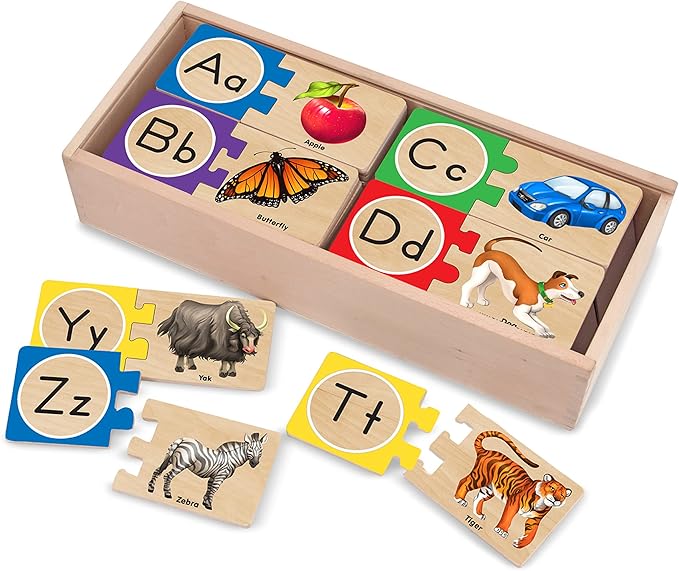
Wooden puzzles with letters. A mom shared, “My son spelled ‘cat’ for the first time with this!”
Age: 4+
30.Emotion Flashcards
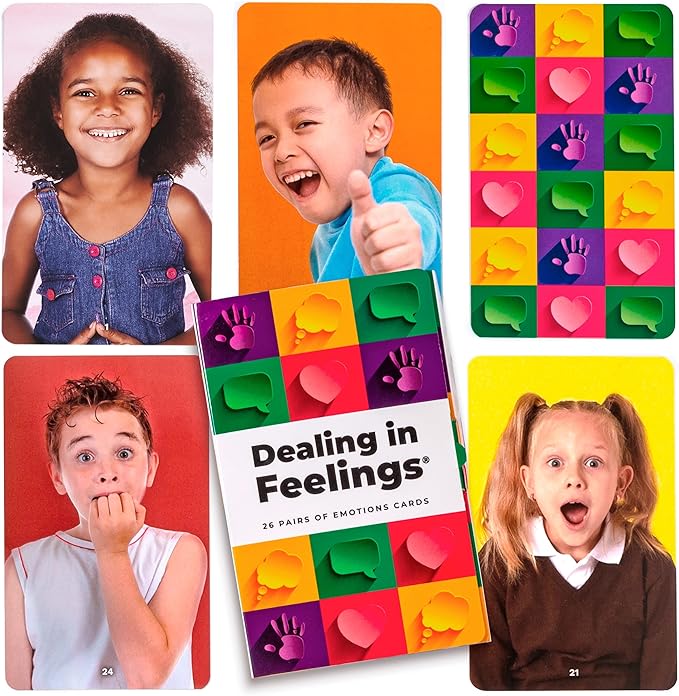
Real photos of diverse faces. Use them to discuss expressions during play.
Age: 3+
31.Role-Play Sets (Doctor, Chef)
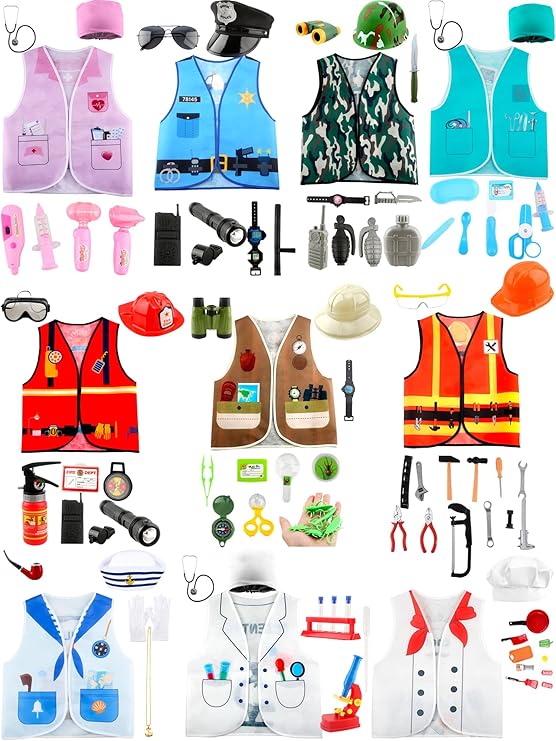
Pretend play builds conversational skills. Opt for sets with tactile props.
Age: 3+
32.Sensory Swings (Harkla)
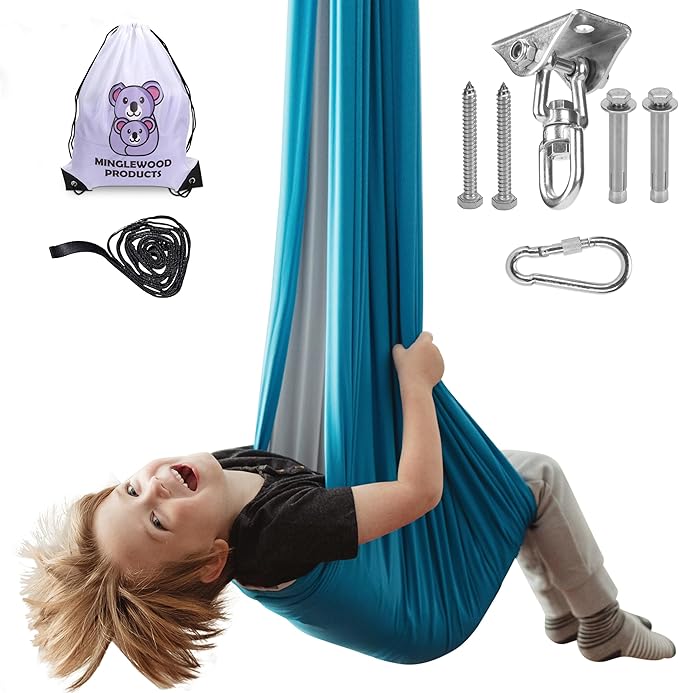
Cocoon-style swings provide vestibular input. Hang indoors or outdoors.
Age: 3+
33.Trampolines (Mini Rebounders)

Jumping regulates the nervous system. Look for handlebars for safety.
Age: 4+
34.Teeter Popper
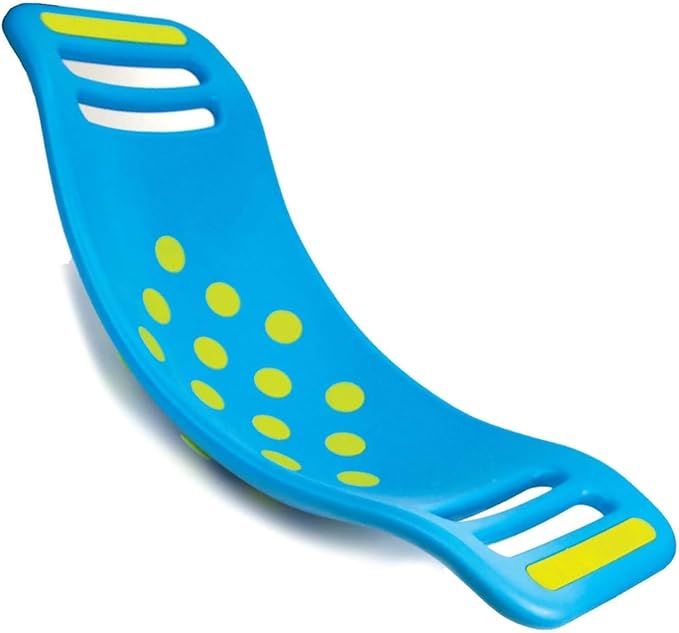
Rocking board with suction cups. Develops core strength and balance.
Age: 3–10
35.Water Tables
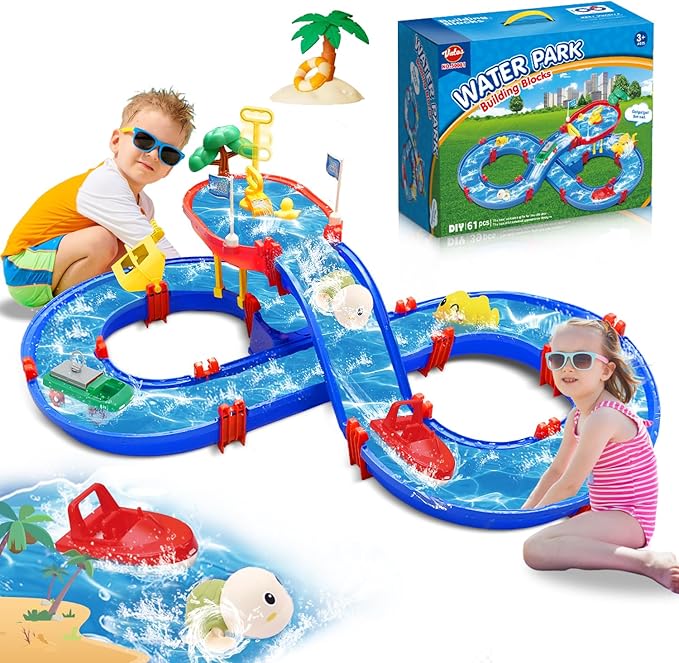
Pouring, splashing, and floating toys. Add food coloring for extra visual fun.
Age: 2+
36.Obstacle Course Kits
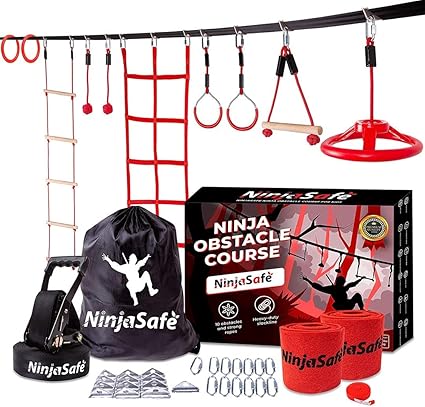
Adjustable tunnels, cones, and balance beams. Perfect for backyard therapy sessions.
Age: 4+
37.Magnetic Maze Boards

Guide beads through numbered paths. Enhances counting and problem-solving.
Age: 4+
38.Wooden Puzzle Eggs

3D puzzles that fit together like real eggs. Great for shape recognition.
Age: 2+
39.Geomag Magnetic Cubes
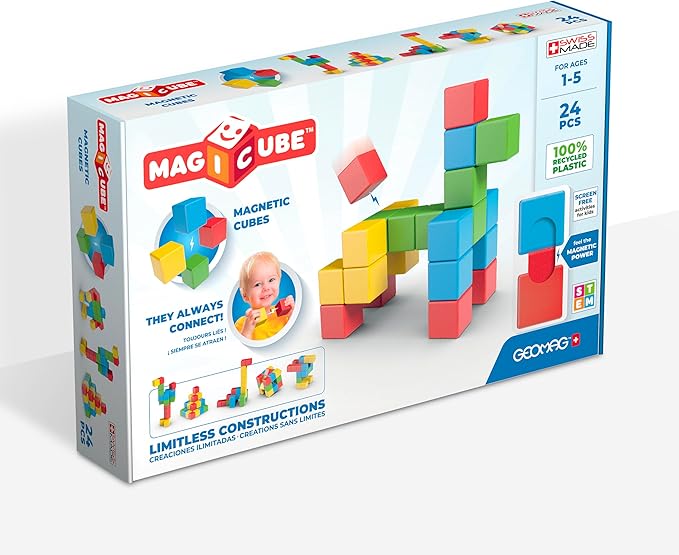
STEM-focused building with easy-to-connect cubes. Sparks creativity in older kids.
Age: 6+
40.Busy Boards with Locks
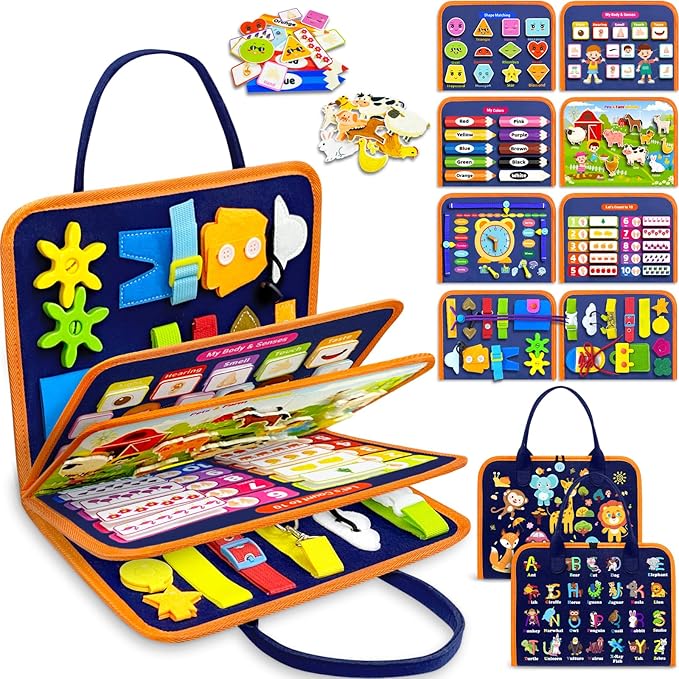
Latches, switches, and gears improve fine motor skills. Portable for on-the-go play.
Age: 2+
41.MathLink Cubes
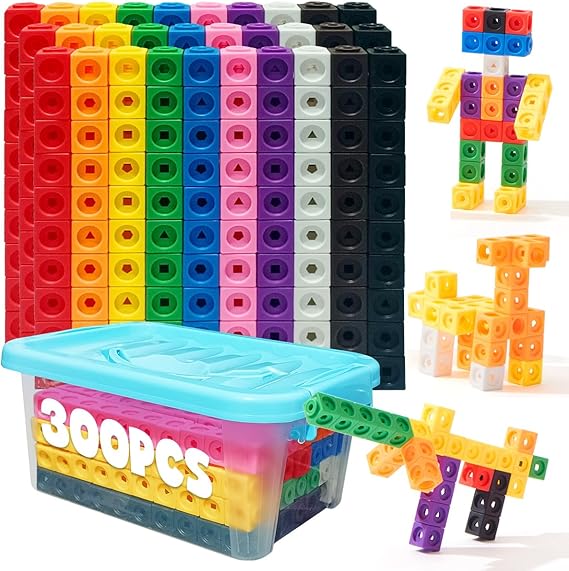
Snap-together cubes for counting or building. Tactile math lessons!
Age: 5+
42.Weighted Blankets
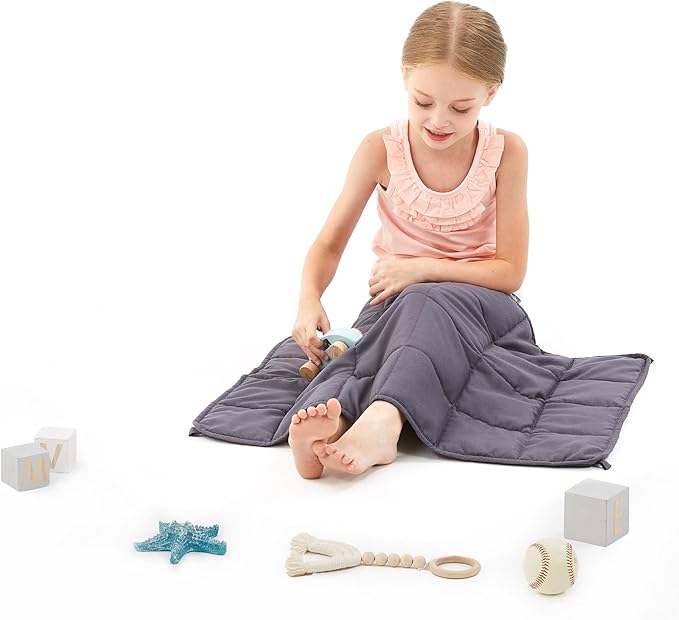
10% body weight is ideal. One teen client said, “It feels like a hug.”
Age: 4+
43.Glow-in-the-Dark Stretchies
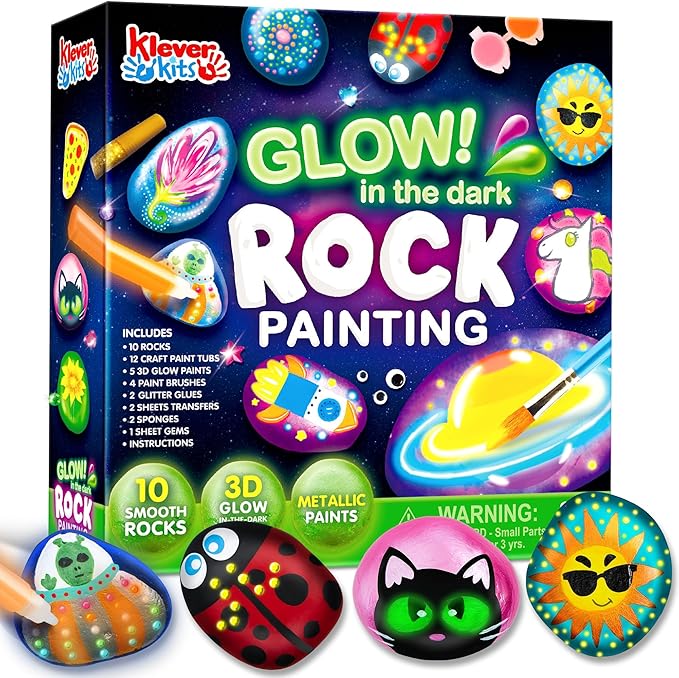
Silicone figures that glow. A calming companion for dark rooms.
Age: 3+
44.White Noise Stuffed Animals

Plush toys with heartbeat sounds or nature noises. Machine-washable.
Age: 1+
45.Lava Lamps
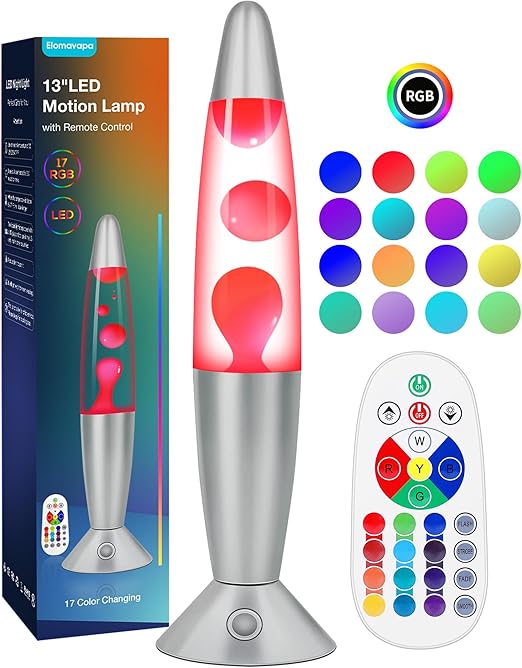
Slow-moving blobs promote visual tracking and relaxation.
Age: All
46.Aromatherapy Diffusers

Child-safe oils like chamomile. Use during wind-down routines.
Age: All
47.Wacky Tracks Fidgets
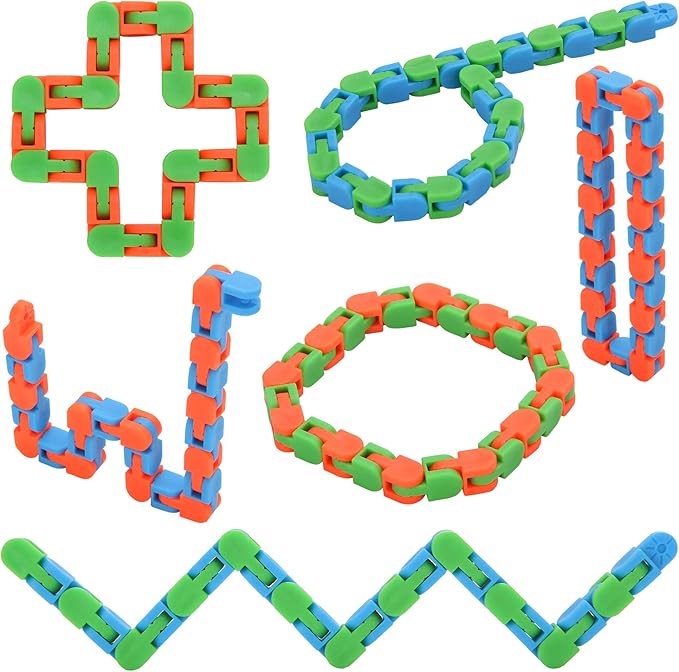
Snake-like links that snap and twist. Fits in pockets or backpacks.
Age: 3+
48.Chewable Jewelry

Silicone necklaces for oral seekers. Avoids unsafe chewing on clothing.
Age: 2+
49.Travel Water Wow! Books

Reusable painting with water. No mess, perfect for restaurants.
Age: 2–6
50.Mini Sand Timers
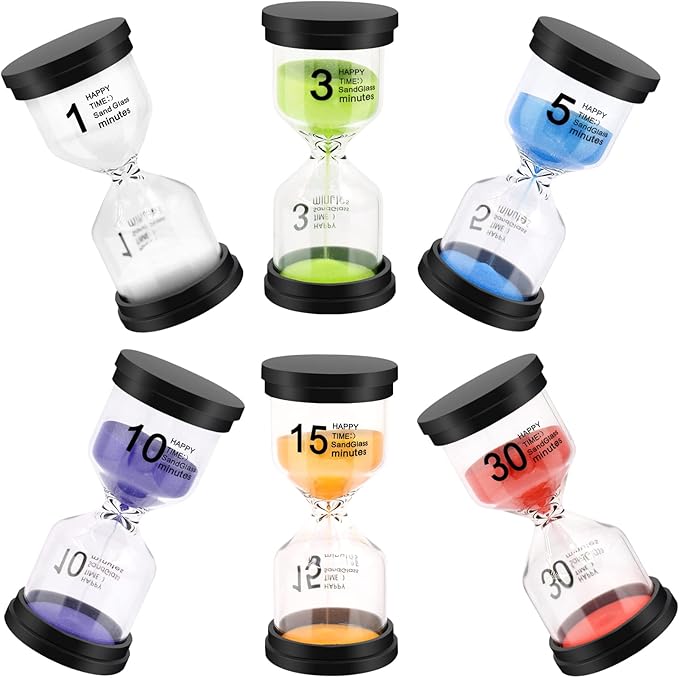
Visual timers for transitions. Choose 1- or 5-minute durations.
Age: 3+
Why Sensory Toys Matter for Autistic Children
Autism Spectrum Disorder (ASD) affects how children process sensory input, often leading to overwhelm or withdrawal. Sensory toys address this by:
- Regulating Emotions: Providing calming input during meltdowns.
- Enhancing Focus: Offering a tactile anchor to reduce distractions.
- Building Skills: Strengthening fine motor control, coordination, and communication.
No single toy works for every child, but understanding their sensory preferences (e.g., seeking deep pressure, avoiding loud sounds) helps tailor choices. Below, I’ve categorized toys by sensory focus, age range, and key benefits.
Final Thoughts
Selecting sensory toys isn’t about buying the most expensive item—it’s about observing your child’s unique needs. Does they crave deep pressure? Seek vibrating toys or weighted items. Avoid eye contact? Try cause-effect games that build confidence.
In my practice, I’ve seen a nonverbal 7-year-old light up while using a rainmaker and a teen with ADHD focus better with a simple fidget cube. The key is to follow their lead and celebrate small victories.
Remember, many household items (rice bins, bubble wrap) can be sensory tools too. When in doubt, ask your child’s therapist for personalized recommendations.
Happy playing!
If you want your kid to become a business man and be a enterprenur in the future than you can read this blog simple-entrepreneurship-projects-for-kids . It will help your kid start from younger age and he will be able to build exceptional skilss from the start


Leave a Reply